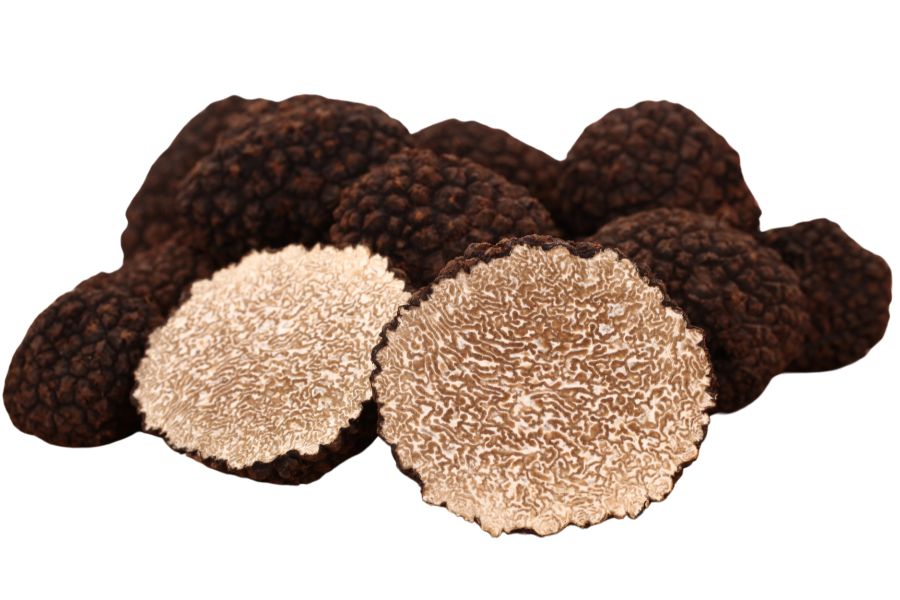You might think truffles only grow in fancy places like France or Italy. But these tasty treasures can be found right here in Iowa. Our state has the right conditions for certain types of truffles to grow.
Truffles are a type of fungus that grows underground. They form near tree roots in the soil. Many people search for them because they taste good and are worth a lot of money.
Iowa’s oak and hickory forests make good homes for truffles. The best time to look is fall through early winter. You will need to search carefully since they hide beneath the soil.
Some folks use trained dogs to find truffles. Dogs can smell the strong scent of ripe truffles through the ground. Others look for signs like cracked soil or specific plants growing nearby.
Finding truffles takes practice and patience. You might not succeed on your first hunt. But with time and the right knowledge, you could discover these buried foods in Iowa’s woodlands.
What We Cover In This Article:
- What Wild Truffles Look Like
- Truffle Lookalikes To Avoid
- Best Practices For Finding Truffles
- Where You Can Find Truffles Around The State
- Other Great Locations For Truffles
- When The Best Time Of The Year Is To Find Truffles
- The extensive local experience and understanding of our team
- Input from multiple local foragers and foraging groups
- The accessibility of the various locations
- Safety and potential hazards when collecting
- Private and public locations
- A desire to include locations for both experienced foragers and those who are just starting out
Using these weights we think we’ve put together the best list out there for just about any forager to be successful!
A Quick Reminder
Before we get into the specifics about where and how to find these plants and mushrooms, we want to be clear that before ingesting any wild plant or mushroom, it should be identified with 100% certainty as edible by someone qualified and experienced in mushroom and plant identification, such as a professional mycologist or an expert forager. Misidentification can lead to serious illness or death.
All plants and mushrooms have the potential to cause severe adverse reactions in certain individuals, even death. If you are consuming wild foragables, it is crucial to cook them thoroughly and properly and only eat a small portion to test for personal tolerance. Some people may have allergies or sensitivities to specific mushrooms and plants, even if they are considered safe for others.
The information provided in this article is for general informational and educational purposes only. Foraging involves inherent risks.
What Wild Truffles Look Like
The U.S. is home to several native truffle species that grow wild in forests across the country. Each one has its own unique scent, appearance, and preferred habitat. Here are the types of truffles you can find:
Oregon Black Truffles (Leucangium carthusianum)
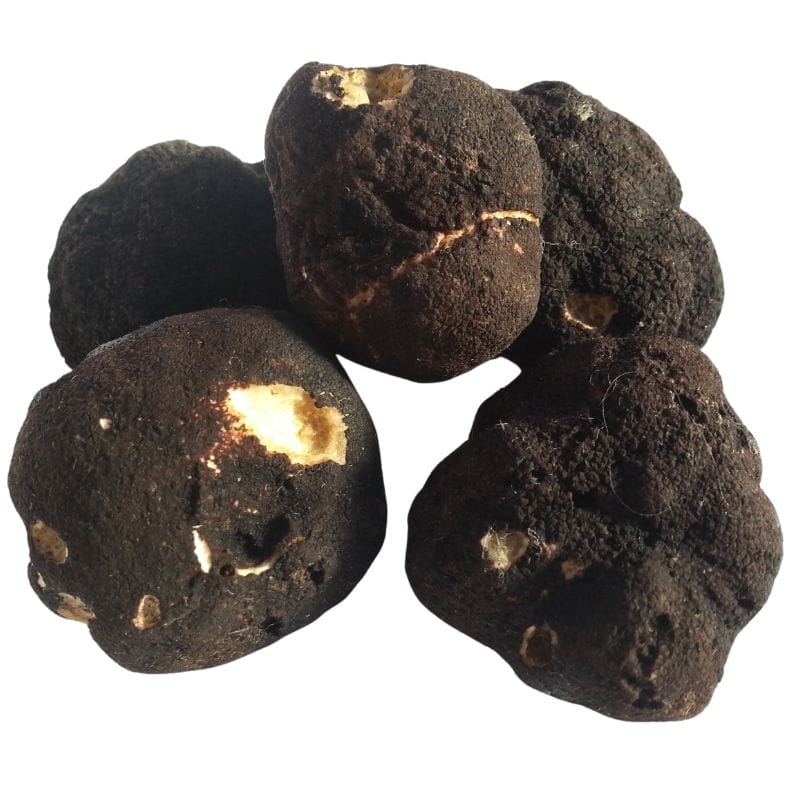
Leucangium carthusianum, also called the Oregon black truffle, grows in the Pacific Northwest and usually shows up around Douglas-fir trees. It’s a native species and one of the more well-known edible truffles from the region.
On the outside, it looks like a small lump of coal—dark black, kind of lumpy or warty, and sometimes slightly smoother in spots. They’re usually about the size of a golf ball, but they can be smaller or larger depending on the season.
Inside, the truffle is firm with a marbled pattern of gray and white veins running through it. When it’s fresh, it smells fruity, almost like pineapple, but the scent gets stronger and muskier as it ripens.
If you’re out looking for them, check in moist, shady forests with soft, loamy soil, especially where there’s a lot of moss or ferns. They grow just below the surface, so people often use trained dogs to help sniff out the ripe ones.
Compared to the Oregon white truffle, which is lighter in color and has a sharper, garlicky aroma, the black truffle has a deeper, more earthy smell. It’s also bigger and firmer than the southern U.S. truffles like Tuber lyonii, which tend to be smaller, paler, and grow around hardwoods like oaks and hickories.
Oregon Winter White Truffles (Tuber oregonense and Tuber gibbosum)
Oregon has two native white truffles that are starting to get more attention: the Oregon Winter White Truffle (Tuber oregonense) and the Oregon Spring White Truffle (Tuber gibbosum). They grow underground in forests and are prized for their strong, savory aroma.
From the outside, these truffles are small, roundish, and kind of bumpy, usually pale beige to light brown. Cut one open, and you’ll see a white interior that darkens with age, showing off a web of white veins when it’s fully mature.
The Winter White Truffle pops up from late fall into February, while the Spring White starts showing up around January and can last into June. They’re pretty similar, but the Winter variety is known for having a more powerful scent and flavor.
To find them, you’ll want to look in forests with younger Douglas-fir trees on the west side of the Cascades. Truffle hunters often check for loose soil or spots where animals have been scratching, which can be a sign there’s something below.
When fully ripe, both types give off a bold smell that’s often compared to garlic, cheese, or earthy spices. They’re usually served raw, shaved over dishes to add that truffle kick without losing any of the aroma.
Appalachian Truffle (Tuber canaliculatum)
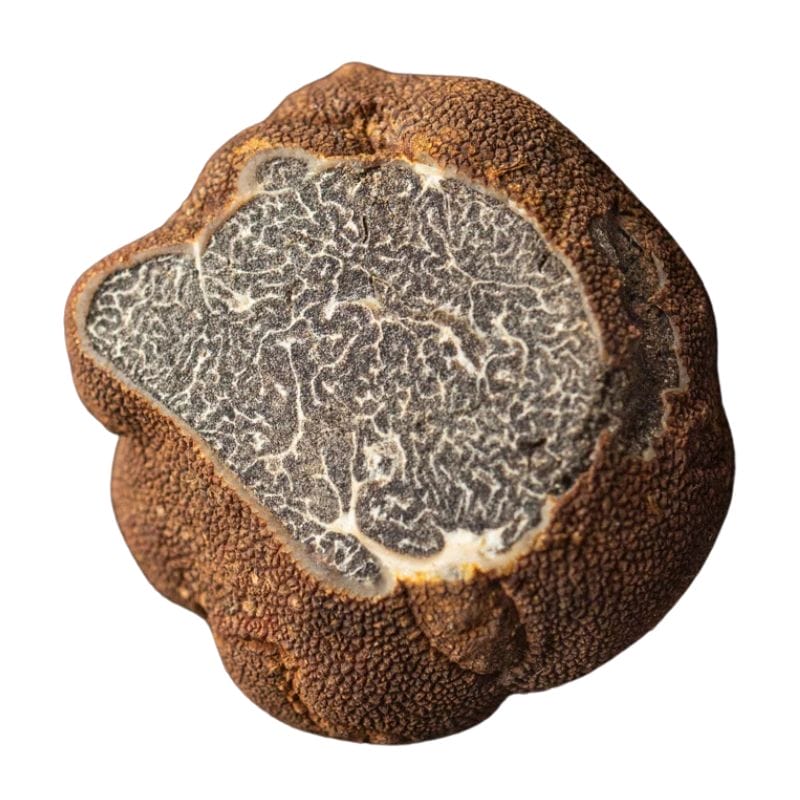
The Appalachian truffle, also known as Tuber canaliculatum, is a native North American truffle that’s slowly getting noticed. It’s about the size of a walnut and has a reddish-brown, bumpy outer surface that looks kind of like a rough, warty potato.
When you cut it open, the inside is firm and dark brown with thin white veins running through it like a marbled pattern. If it’s fully ripe, the smell is strong and earthy—some say it has a kind of nutty, funky aroma that stands out.
You can find these truffles in mixed hardwood forests, especially around oaks and pines, from late summer through fall. They grow underground, so look for spots where the soil is loose and animals like squirrels have been digging—sometimes that’s a good clue.
If you’re foraging, gently raking the top layer of soil near tree roots can help, but a trained dog or even a good nose makes it way easier. Once you know what to look for, the reddish color and bumpy skin are good signs you’ve found the right thing.
Compared to truffles like Tuber oregonense or Leucangium carthusianum, Tuber canaliculatum is more subtle in every way. Its smaller size and lighter scent mean you have to pay closer attention when foraging.
It’s also not as popular in the culinary world because it doesn’t pack the same punch in terms of flavor or aroma. Still, finding one can be rewarding, especially if you’re exploring different types of fungi in the area.
Desert Truffle (Terfezia and Tirmania spp.)
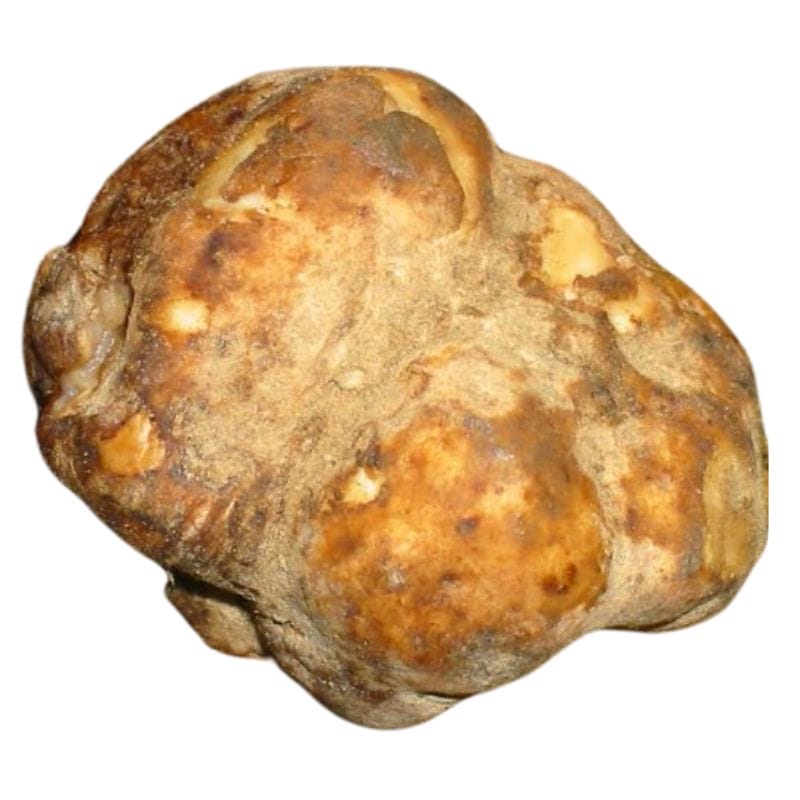
Terfezia and Tirmania are two types of truffles that are sometimes called desert truffles. These are a bit different from the truffles we usually think of, with their bold flavors and rich aromas.
These ones are a little more understated, but they’re fascinating in their own right. What makes them stand out is their ability to thrive in dry, harsh environments where you wouldn’t expect something so delicate to grow.
Unlike the earthy, intense aroma of black or white truffles, Terfezia and Tirmania truffles have a milder scent and flavor. They’re often described as nutty, with a hint of sweetness, but they lack the strong garlicky or musky notes you might associate with other truffles.
Their texture is also different—more firm and less oily than what you’d find with species like Tuber oregonense. They might not have the same culinary punch, but they’re still prized in traditional dishes, where their subtle flavors shine in simpler recipes.
When it comes to appearance, they’re easy to spot once you know what you’re looking for. They’re round to slightly irregular in shape, and their color can range from light beige to a reddish-brown, depending on the species.
The surface is usually smooth or slightly textured, without the rough, knobby look of a black truffle. Cut one open, and you’ll see a pale interior that’s often uniform in color, lacking the intricate veining you’d see in something like Leucangium carthusianum.
Pecan Truffle (Tuber lyonii)
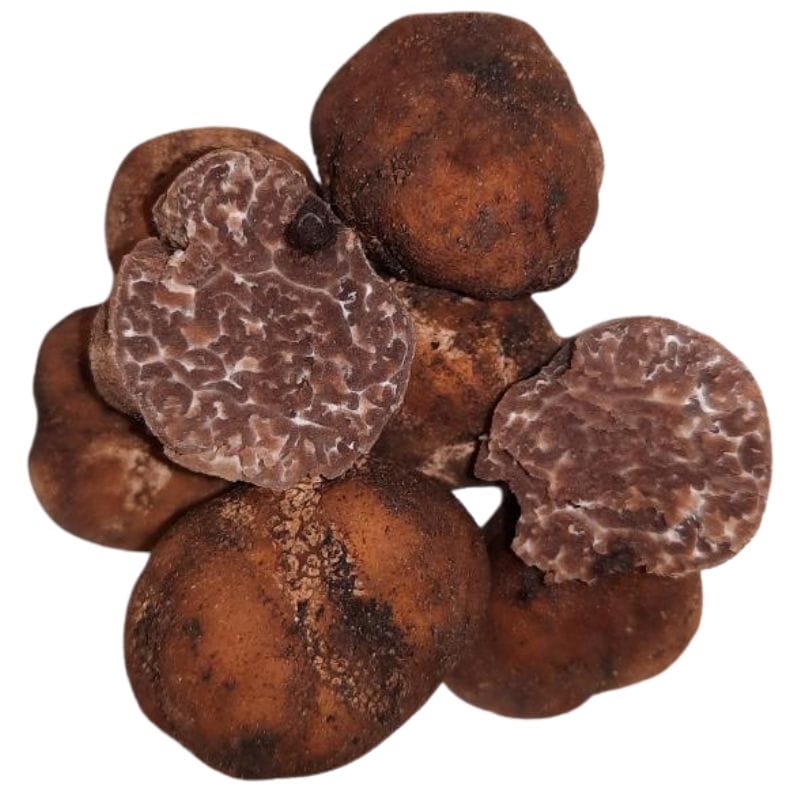
Tuber lyonii, also known as the pecan truffle, is a native North American truffle that grows underground near the roots of pecan trees. You’ll mostly find it in the southeastern U.S., especially in states like Texas, Georgia, and Mississippi.
On the outside, pecan truffles are round to lumpy and have a smooth, light brown skin that darkens as they age. They’re usually about the size of a marble or golf ball, and sometimes they even poke up slightly through the soil surface.
If you slice one open, the inside has a pretty marbled look—light tan streaks mixed with darker brown, almost like wood grain. The smell is earthy, nutty, and kind of warm, especially when they’re fully mature.
When you’re out looking for them, check under mature pecan trees or other hardwoods like oaks and hickories. Trained dogs can help sniff them out, but people sometimes spot them by looking for little cracks in the soil or raised areas near the tree’s base.
Compared to other U.S. truffles like the Oregon white truffle or the Appalachian black truffle, pecan truffles have a milder flavor and are more common in orchards. They’re a solid option in the kitchen—freshly sliced over pasta or mixed into butter—and they don’t come with the high price tag of their European cousins.
Truffle Lookalikes To Avoid
When you’re out hunting you also need to know about a few different fungi species that look very similar to the delicious truffles we’re after but are either inedible or not worth eating. Keep an eye out for:
Pine Truffles (Geopora cooperi)

Geopora cooperi is a fungus that can easily confuse someone new to truffle hunting. It’s sometimes called the pine truffle because it grows underground like a true truffle and often pops up near certain trees.
At first glance, it might seem like you’ve hit the jackpot, but this one is a false truffle, not something you’d want to eat or sell.
The easiest way to tell Geopora cooperi apart from real truffles is by looking closely at its structure. While true truffles have a smooth or slightly knobby exterior and a marbled interior, Geopora cooperi has a rougher, more irregular outer surface.
When it matures, it sometimes splits open, revealing a cup-like shape, which true truffles never do. Inside, it’s less dense and doesn’t have the intricate veining that makes real truffles so unique.
Another big difference is the smell. True truffles have a strong, rich aroma that’s earthy, sweet, or garlicky, depending on the species. Geopora cooperi, on the other hand, has a much weaker scent, and it’s not as pleasant or distinctive.
If you’re relying on aroma to identify your find, this one will give itself away pretty quickly. So, while it might look similar at first, a closer inspection will show it’s not the culinary treasure you’re hoping for.
Stinking Slime Truffle (Melanogaster ambiguus)
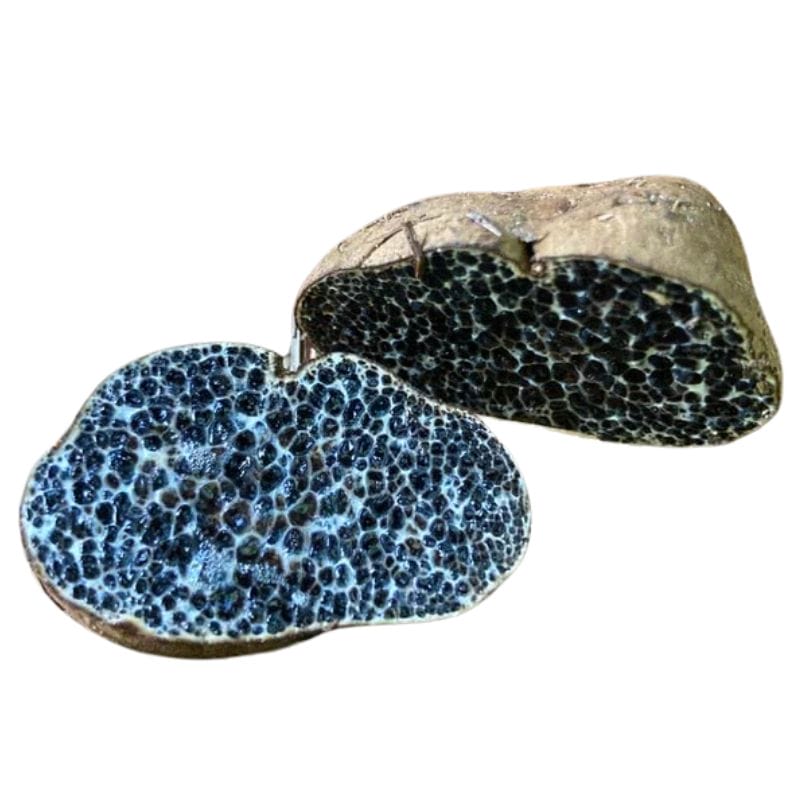
Melanogaster Ambiguus, because of their reddish-brown to dark brown exterior, might look like true truffles at first glance, but they’re quite different when you know what to look for.
The key difference is on the inside. When you cut open Melanogaster ambiguus, the interior is filled with flattened cells that have a shiny black gelatinous feel to them. Real truffles, on the other hand, have those beautiful marbled veins running through their flesh, almost like a web.
Another giveaway is the smell. While real truffles have a rich, earthy aroma that’s mouthwatering, Melanogaster ambiguus tends to have a much stronger, almost unpleasant odor—it’s not something you’d want to sprinkle on your pasta.
Earthballs (Scleroderma)
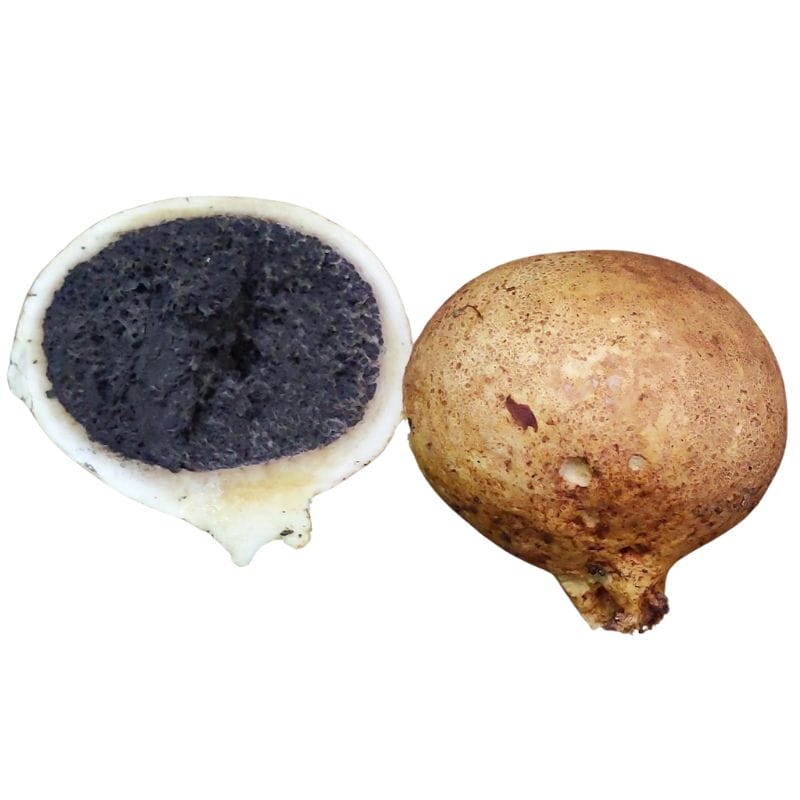
Scleroderma, commonly called earthballs, can easily fool someone who’s just starting out because they grow underground and have a round shape similar to truffles. But don’t be tricked—Scleroderma is not a true truffle, and it’s actually toxic, so it’s important to know how to tell the difference.
The first thing you’ll notice is the outer skin, which is thicker and tougher than that of most truffles. It can range in color from yellowish to dark brown, often with a rough or cracked texture.
If you cut it open, the difference becomes even clearer. While true truffles have a marbled interior with delicate white veins, Scleroderma starts out with a whitish inside that quickly darkens as it matures, turning black or purple with no marbling. It’s dense and solid, almost like charcoal in the later stages.
Another big giveaway is the smell. True truffles have a rich, earthy aroma that makes them so prized, while Scleroderma has little to no pleasant scent—some even describe it as musty or unpleasant.
Deer Truffles (Elaphomyces)
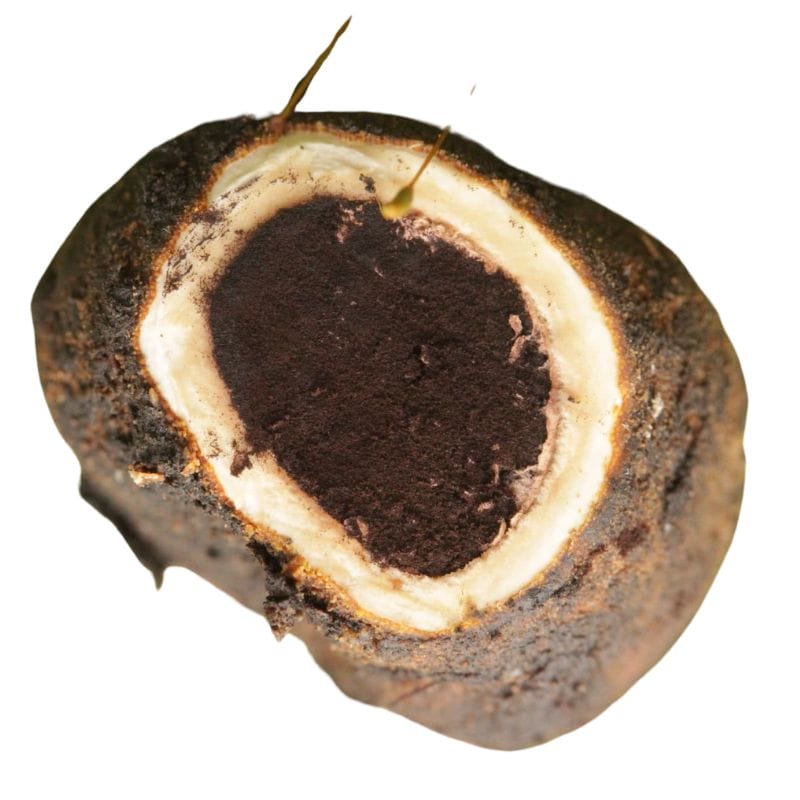
Elaphomyces, also known as deer truffles, look like true truffles at first glance, but they’re a whole different story. They’re called deer truffles because wildlife, especially deer and rodents, love to eat them. For us humans, though, they’re not edible—and definitely not what you want to mistake for a prized truffle.
Here’s how you can tell Elaphomyces apart from the real thing. First, they have a tough, warty outer surface that can range from pale tan to black, depending on the species and their age.
When you cut them open, the inside is solid and sometimes speckled or marbled, but not in the delicate, vein-like pattern you’d see in true truffles.
Their smell is also a big giveaway. Instead of the rich, earthy aroma of an edible truffle, Elaphomyces either has little scent or an odor that’s earthy but not particularly appealing.
Another thing to know is that Elaphomyces often grows deeper in the soil than true truffles, and they tend to have a harder, woodier texture.
Best Practices For Finding Truffles
Truffle hunting can be a rewarding adventure if you know the right tips and tricks. Here’s what you should keep in mind to improve your chances of finding these underground treasures:
Wait 10 to 14 Days After Heavy Rain
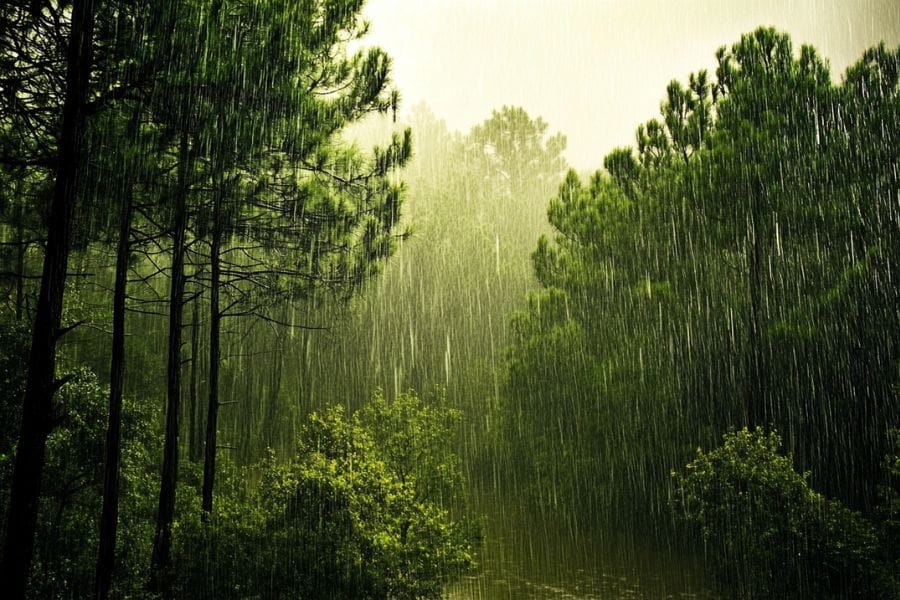
After a heavy rain, it’s best to wait about 10 to 14 days before heading out. This gives the truffles time to mature and release their signature aroma, making it easier for you (and your dog) to sniff them out. Rain helps truffles grow, but they don’t start giving off their scent right away.
As the soil warms up, the truffles get more aromatic, and the ground becomes looser, which makes digging easier without disturbing the environment too much. The timing is perfect to find truffles at their best—both in quality and in how easy they are to locate.
Find the Right Trees
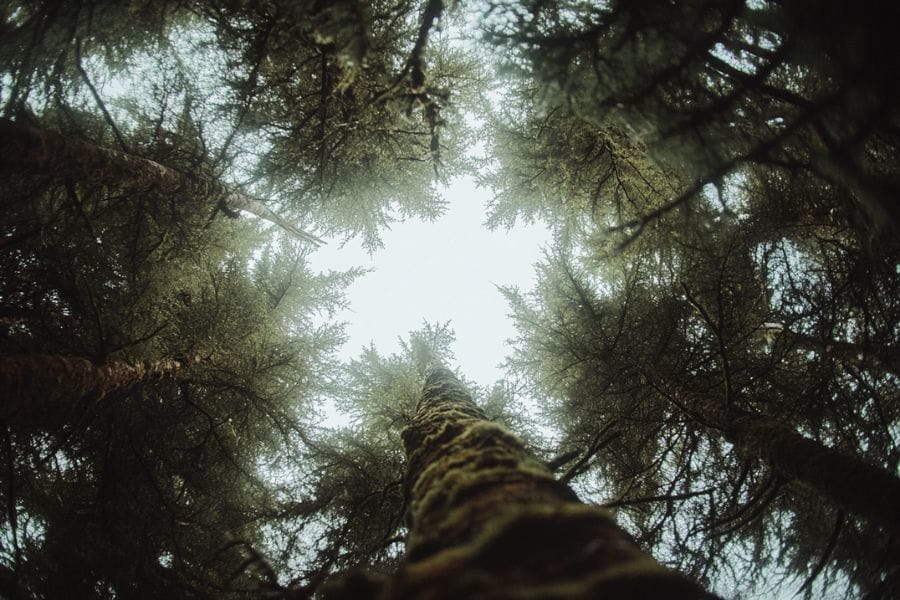
Truffles don’t grow just anywhere—they have a special relationship with certain trees. You won’t find them under just any tree, so knowing which ones to look for can make all the difference. Some of the best trees to look out for are:
- Pines
- Douglas-firs
- Oaks
- Hazelnuts
- Cypresses
- Willows
For example, if you’re looking for Oregon white truffles, keep an eye out for Douglas-fir trees. California black truffles, on the other hand, are often found near oaks and hazelnuts. The soil around these trees also needs to be slightly alkaline, so it helps to know what kind of ground you’re walking on as well.
Watch for Wildlife Activity
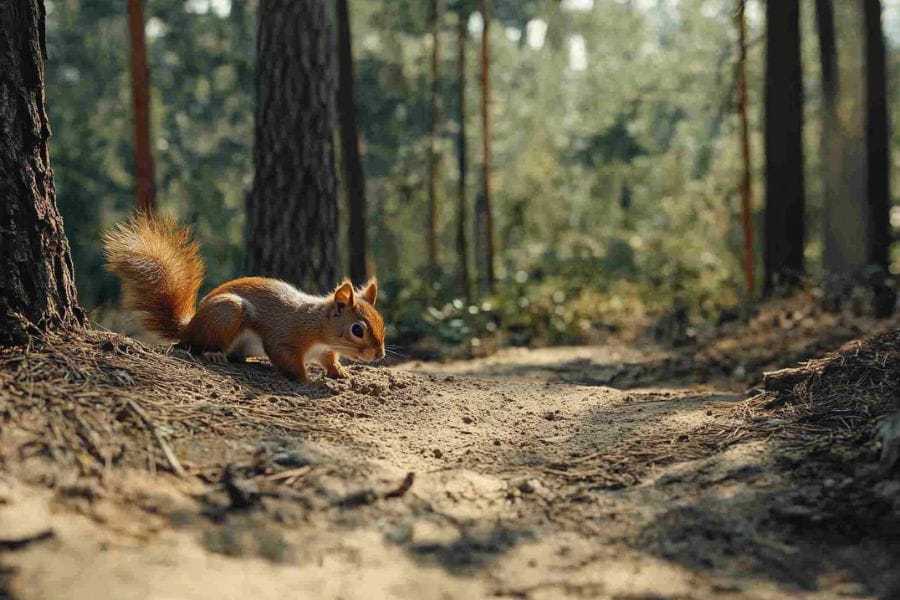
Animals like squirrels and chipmunks often help spread truffle spores, and sometimes their digging can lead you straight to truffles. While you won’t always find truffles in every pit animals dig (they also look for things like acorns or bulbs), fresh digs are a good clue. The more recent the pit, the better chance it has of leading to truffles.
Even though animals are a part of the truffle cycle, most hunters prefer using dogs to find the real treasure underground. Dogs have an incredible nose for truffles and can pinpoint their location much more reliably than any squirrel or chipmunk.
Get a Little Help from a Truffle-Hunting Dog
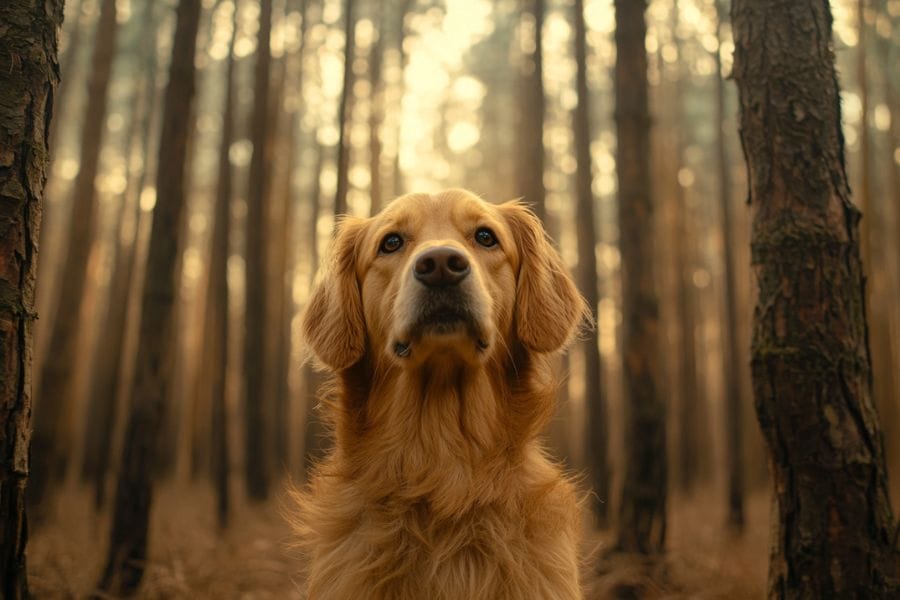
If you’re serious about truffle hunting, a trained dog can make your life a whole lot easier. Their sense of smell is extraordinary, and they’re trained to find mature truffles buried beneath the surface. Many truffle hunters swear by their dogs, and for good reason—they’re much more accurate than humans when it comes to sniffing out truffles.
If you don’t already have a trained dog, you can connect with local foraging groups or specialized trainers who offer truffle-hunting services. Some places even host events where you can see experienced handlers with their dogs in action. And if you’re feeling adventurous, you can train your own dog using truffle-scent kits and practice in a controlled space before hitting the woods.
Before you head out
Before embarking on any foraging activities, it is essential to understand and follow local laws and guidelines. Always confirm that you have permission to access any land and obtain permission from landowners if you are foraging on private property. Trespassing or foraging without permission is illegal and disrespectful.
For public lands, familiarize yourself with the foraging regulations, as some areas may restrict or prohibit the collection of mushrooms or other wild foods. These regulations and laws are frequently changing so always verify them before heading out to hunt. What we have listed below may be out of date and inaccurate as a result.
Where You Can Find Truffles Around The State
Now we’re going to go over five of the best locations for finding truffles. We’ll go a bit in-depth here and then provide a much longer list of other spots to try.
Backbone State Park
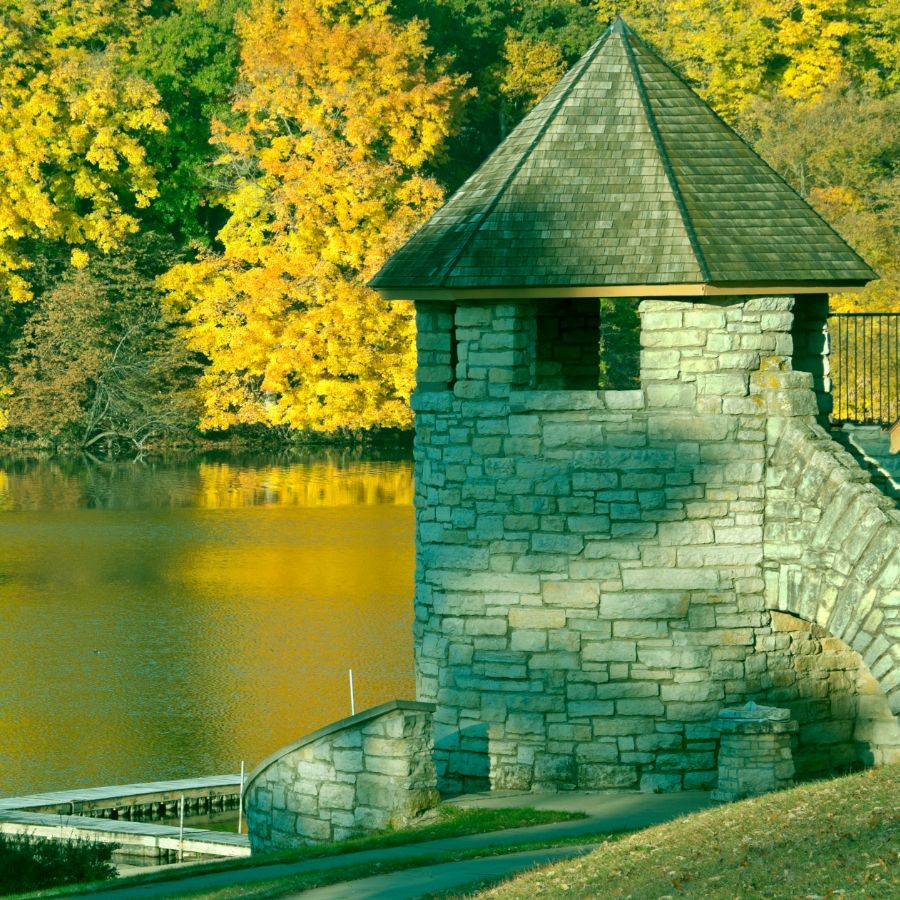
Backbone State Park is Iowa’s oldest state park, established in 1919 near Dundee. The park covers over 2,000 acres and gets its name from a steep rocky ridge that looks like a backbone. Visitors enjoy hiking on trails that wind through forests and along the Maquoketa River.
The park’s mature oak and hickory forests create perfect conditions for truffles. These underground treasures grow in the rich soil beneath old trees. The north section has fewer people walking around, so the ground is less disturbed.
Look for truffles around the bases of old oak trees, especially in spots with few plants growing on the forest floor. The area near Richmond Springs is a great place to start your search.
Bring a small rake to gently move leaves aside without damaging the soil. The earthy smell after rain can help you find where truffles are hiding.
Yellow River State Forest
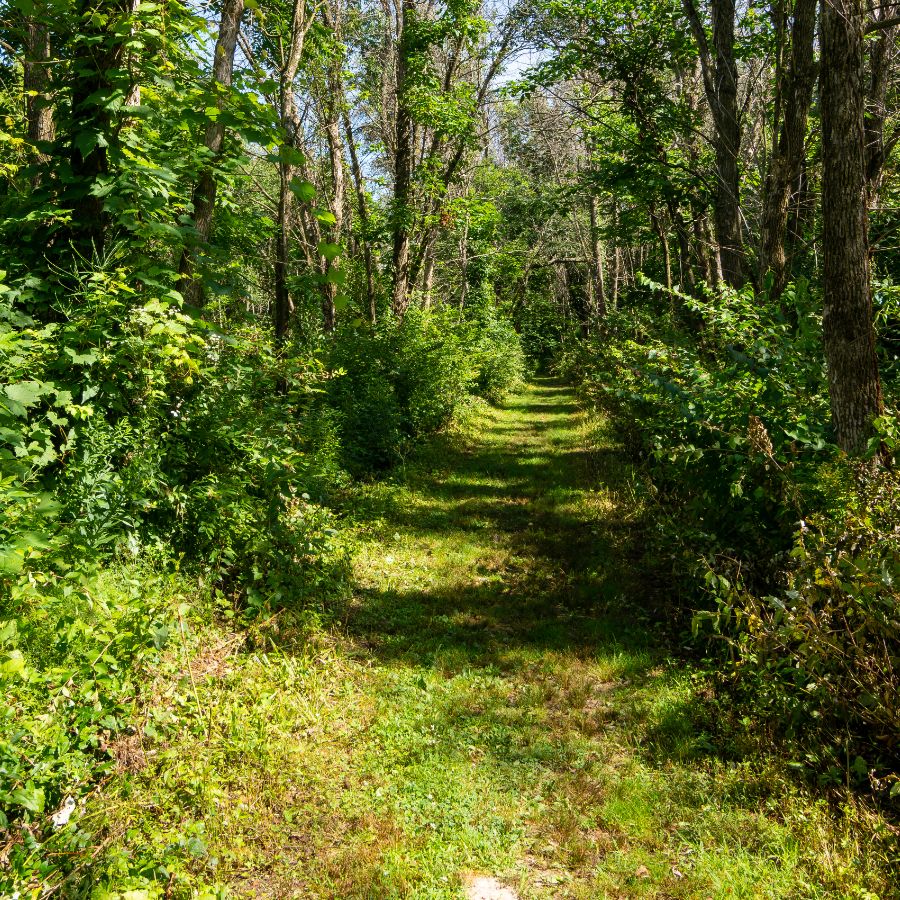
The dense woodlands of Yellow River State Forest cover 8,500 acres in northeast Iowa. Hills and valleys fill this beautiful forest. It’s home to many animals and plants that thrive in its untouched environment.
This forest is great for finding wild truffles because of its mix of hardwood trees. Truffles grow best in places where humans haven’t disturbed the natural balance. The Paint Creek Unit offers some of the most productive truffle hunting areas in the state.
Search near mature oak and beech trees, especially in damper areas where the soil stays moist. After rain is the best time to look because truffles give off a stronger smell.
Many truffle hunters have luck in the lowland areas close to streams where humidity levels are higher. The forest floor near the Yellow River itself can be especially rewarding.
Shimek State Forest
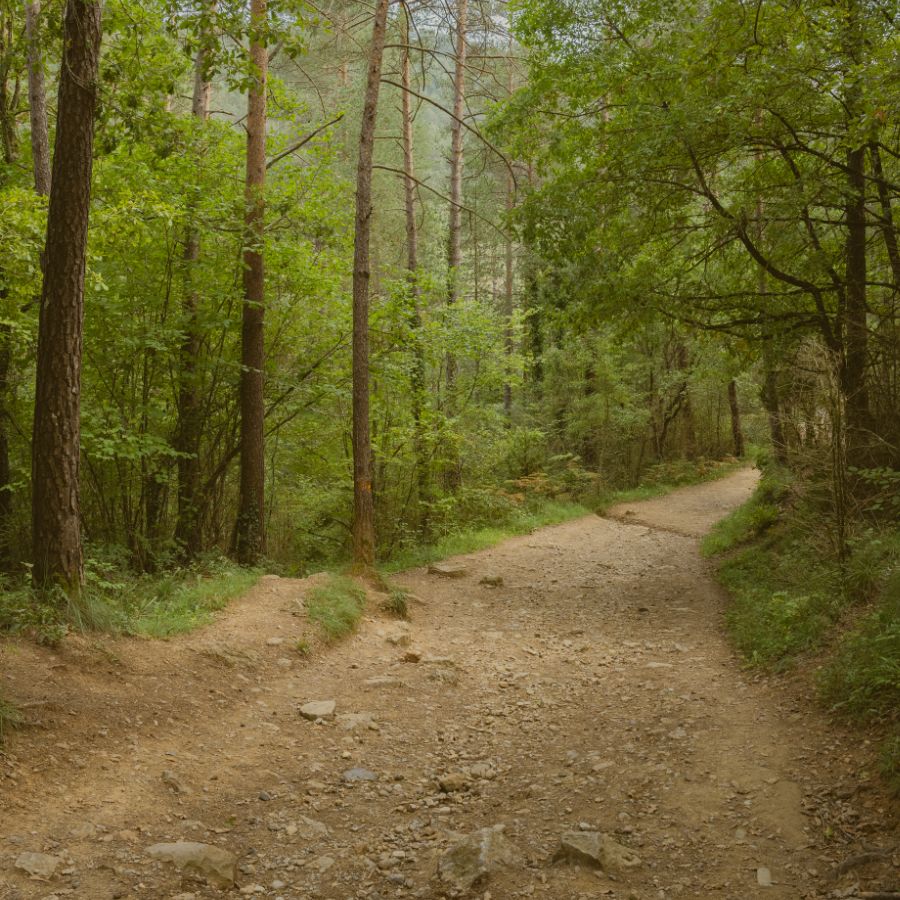
Shimek State Forest spreads across 9,000 acres in southeastern Iowa. The forest is split into several units throughout Lee and Van Buren counties. Its rolling hills support beautiful oak and hickory woodlands.
The soil here has just the right acid level that truffles love. Look in the Lick Creek Unit, which has some of the oldest trees and most established underground fungal networks. The relationship between these old trees and fungi creates the perfect conditions for truffles.
Spots with lots of fallen leaves but not many bushes or small plants often have the best truffles. Try searching in areas where the ground rises slightly but still holds moisture.
Some people have found black summer truffles where the forest meets open fields. These edge areas create unique growing conditions that certain truffle species prefer.
Stephens State Forest
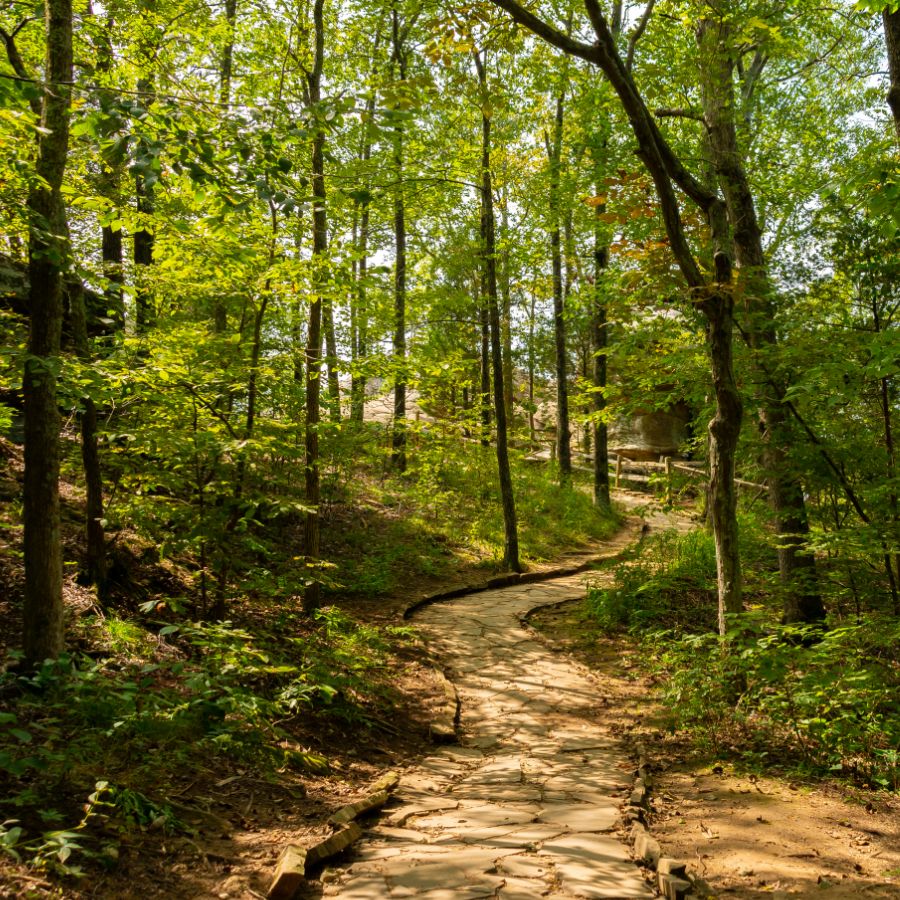
Diverse ecosystems make Stephens State Forest special among Iowa’s public lands. It’s the largest state forest at over 15,000 acres. The forest stretches across seven seperate units in central and south-central Iowa.
The White Breast and Lucas Units have mature oak forests that support truffle growth. These areas have the right mix of tree types, soil conditions, and moisture that truffles need. The slightly rolling landscape creates little pockets where water collects.
Check around oak trees where there’s thick leaf litter but not many plants growing. The dips in the land where moisture gathers are good spots to search. Many foragers also have luck near limestone outcrops because the calcium in the soil helps certain truffle species grow.
Loess Hills State Forest
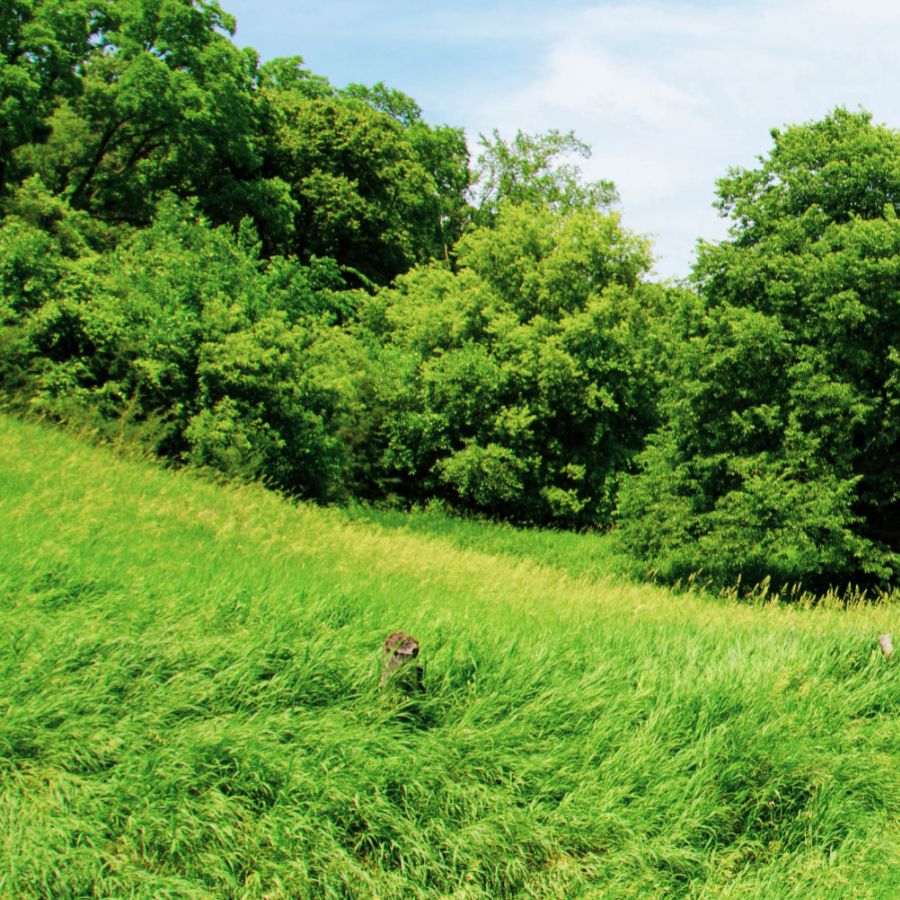
The unique landscape of Loess Hills State Forest formed thousands of years ago. Wind-blown dirt piled up to create these special hills in western Iowa. The forest covers about 11,600 acres across three counties.
This forest’s soil drains well and supports many oak, hickory, and maple trees. These conditions create good opportunities for truffle hunters. The Preparation Canyon Unit offers some of the most promising hunting grounds.
North-facing slopes stay moister and often produce more truffles than south-facing slopes. Try looking where the forest meets prairie areas. These edge habitats sometimes support unique truffle varieties.
Local hunters recommend searching after warm spring rains when the soil temperature is just right for truffle development. Areas near dead or dying trees can sometimes be surprising hotspots for finding these underground delicacies.
Other Great Locations For Truffles
Northwest Iowa
| Location | Collection Guidelines |
|---|---|
| Blue Hills State Forest | Personal foraging of truffles and wild fungi is allowed following state forest rules. |
| Buck Creek State Park | Visitors may collect truffles in small quantities for personal use only. |
| Chickasaw National Wildlife Refuge | Non-commercial collection of fungi like truffles is permitted in designated areas. |
| Lake Creek Wildlife Management Area | Personal use fungi foraging, including truffles, is allowed off main trails. |
| Minnewashta Wildlife Area | Foraging for wild fungi like truffles is permitted on public land areas. |
| Storm Lake State Park | Small-scale truffle foraging is permitted under state park guidelines. |
Northeast Iowa
| Location | Collection Guidelines |
|---|---|
| Backbone State Park | Truffle collection is allowed along wooded trails and leaf-covered forest floors. |
| Decorah Wildlife Management Area | Public may gather fungi such as truffles for personal use in non-restricted zones. |
| Driftless Area National Wildlife Refuge | Visitors are allowed to collect truffles on foot without tools or soil disturbance. |
| Jipson Prairie Wildlife Management Area | Personal fungi foraging allowed; avoid protected prairie plant zones. |
| Maquoketa Caves State Park | Truffles can be gathered along natural trails away from sensitive cave ecosystems. |
| Mines of Spain Recreation Area | Personal use truffle collection is permitted outside archaeological protection areas. |
| Shimek State Forest | Visitors can forage for truffles near hardwood trees in designated state forest areas. |
Central Iowa
| Location | Collection Guidelines |
|---|---|
| Boone State Forest | Truffle hunting is allowed for personal use; dig only in soft leaf litter zones. |
| Des Moines River Greenbelt | Public access trails allow personal truffle foraging beneath native oak trees. |
| Hannen Lake Wildlife Area | Truffles may be gathered during fungi season with minimal disturbance to the soil. |
| Hawkeye Wildlife Area | Wildlife management guidelines permit fungi gathering in woodland sections. |
| Iowa River Corridor Trail | Truffle collection allowed in wooded areas adjacent to public trail systems. |
| Lake Red Rock Wildlife Area | Foraging for wild edibles like truffles is allowed in non-restricted forest patches. |
| Neal Smith National Wildlife Refuge | Truffle collection permitted in prairie edges and oak groves for personal use only. |
| Pleasant Creek State Recreation Area | Visitors may collect small amounts of truffles in designated natural areas. |
| Robins Wildlife Management Area | Personal truffle foraging is allowed; avoid disturbing wildlife habitats. |
| Walnut Woods State Park | Collection of fungi like truffles is permitted under Iowa DNR regulations. |
Southwest Iowa
| Location | Collection Guidelines |
|---|---|
| Carter Lake Park | Truffle collection is allowed in undeveloped forested sections of the park. |
| Loess Hills State Forest | Foraging for truffles is encouraged near mature oak and hickory trees. |
| Missouri River Wildlife Refuge | Visitors may collect truffles on foot in wooded riparian zones. |
| Mount Ayr Wildlife Area | Personal collection of truffles is permitted under state-managed area rules. |
| Red Haw State Park | Truffles can be found in shaded, moist areas and collected for personal use. |
| Springbrook State Park | Allowed in upland forest zones—dig lightly and leave no trace. |
| Walnut River State Wildlife Area | Fungi collection including truffles is allowed in non-sensitive habitat zones. |
Southeast Iowa
| Location | Collection Guidelines |
|---|---|
| Clinton County Conservation Area | Personal-use truffle collection permitted in forested areas open to the public. |
| Lake Macbride State Park | Park-goers may collect truffles on trails with forest floor litter. |
| Skunk River State Recreation Area | Foraging allowed on foot in wooded stretches near river bends. |
| Stone State Park | Permits seasonal truffle foraging in mature tree stands away from paved paths. |
| Sugar Bottom Recreation Area | Small-scale truffle foraging permitted with minimal ground disturbance. |
When The Best Time Of The Year Is To Find Truffles
The best time to hunt for truffles in Iowa is from late spring through early fall. May through September offers ideal conditions when soil temperatures warm up to the 50-70°F range that truffles prefer.
The summer months after rainfall are particularly good times to search. The moisture helps truffles grow and makes their scent stronger.
Different truffle species appear at different times. Some early varieties might show up in May, while others peak in July and August. Fall brings a new flush of truffles before the first frost.
Most experienced foragers agree that 2-3 days after a good rain provides the perfect window for hunting. The ground is soft enough to dig but not too muddy.
One Final Disclaimer
The information provided in this article is for general informational and educational purposes only. Foraging for wild plants and mushrooms involves inherent risks. Some wild plants and mushrooms are toxic and can be easily mistaken for edible varieties.
Before ingesting anything, it should be identified with 100% certainty as edible by someone qualified and experienced in mushroom and plant identification, such as a professional mycologist or an expert forager. Misidentification can lead to serious illness or death.
All mushrooms and plants have the potential to cause severe adverse reactions in certain individuals, even death. If you are consuming foraged items, it is crucial to cook them thoroughly and properly and only eat a small portion to test for personal tolerance. Some people may have allergies or sensitivities to specific mushrooms and plants, even if they are considered safe for others.
Foraged items should always be fully cooked with proper instructions to ensure they are safe to eat. Many wild mushrooms and plants contain toxins and compounds that can be harmful if ingested.

